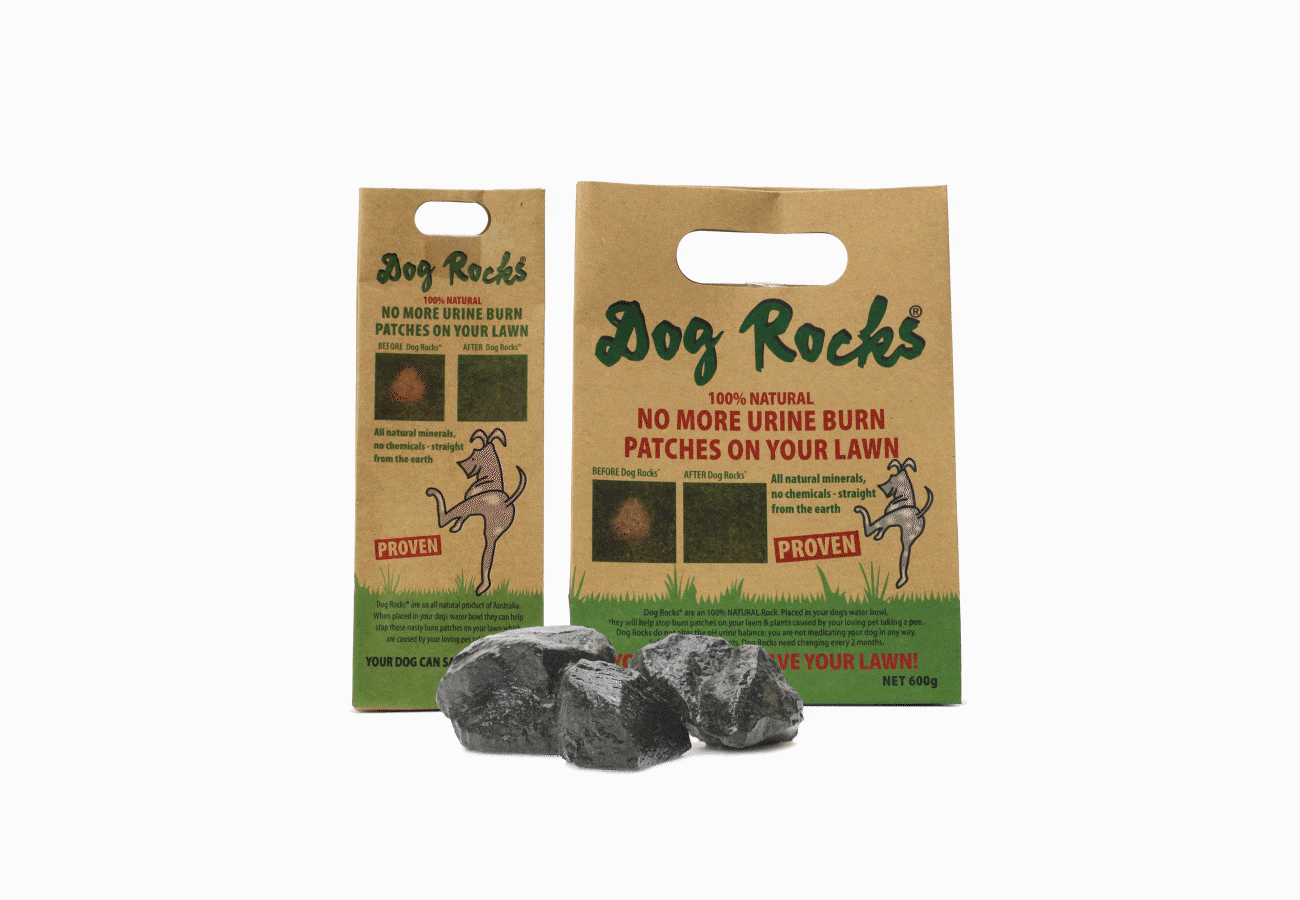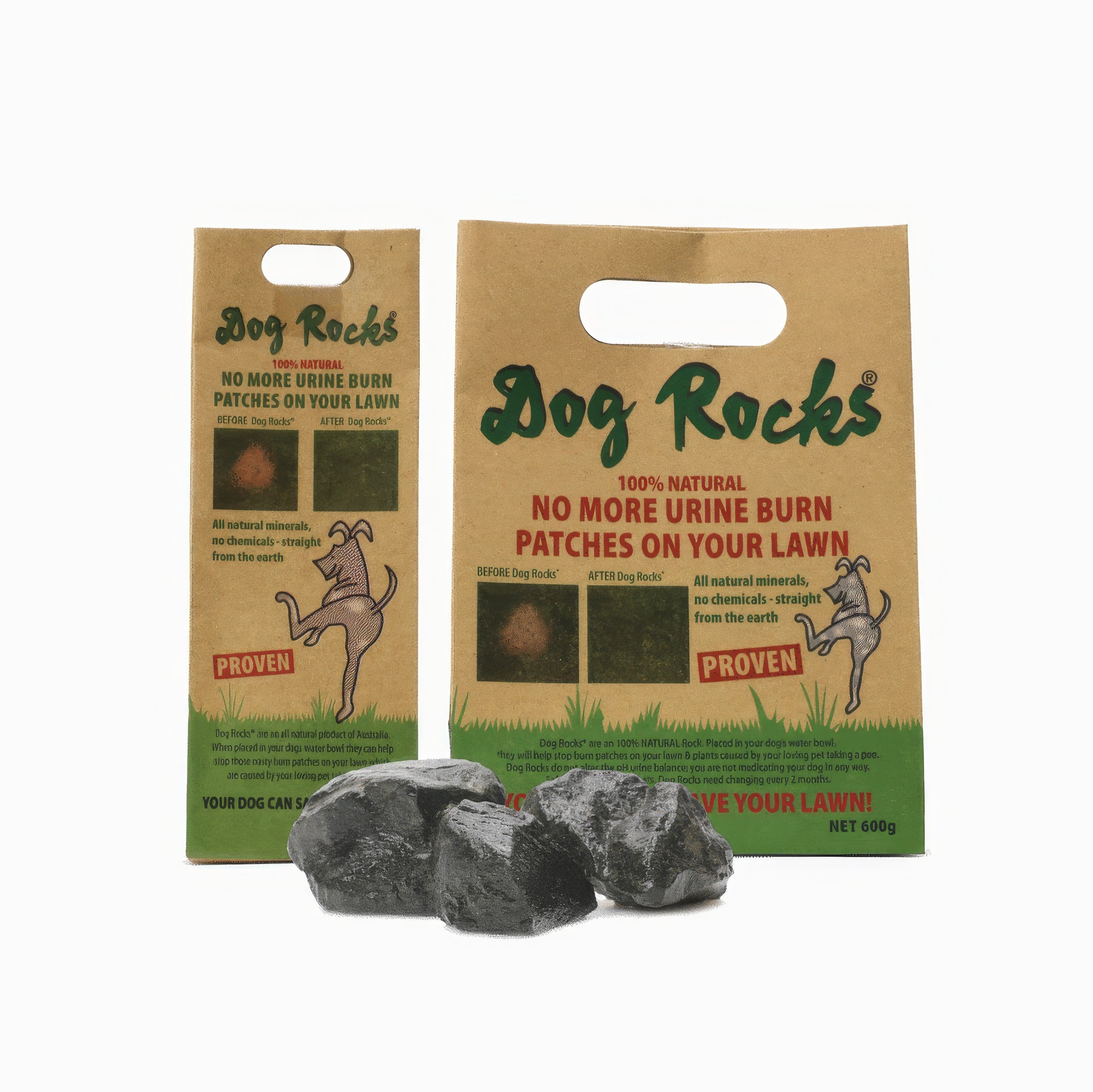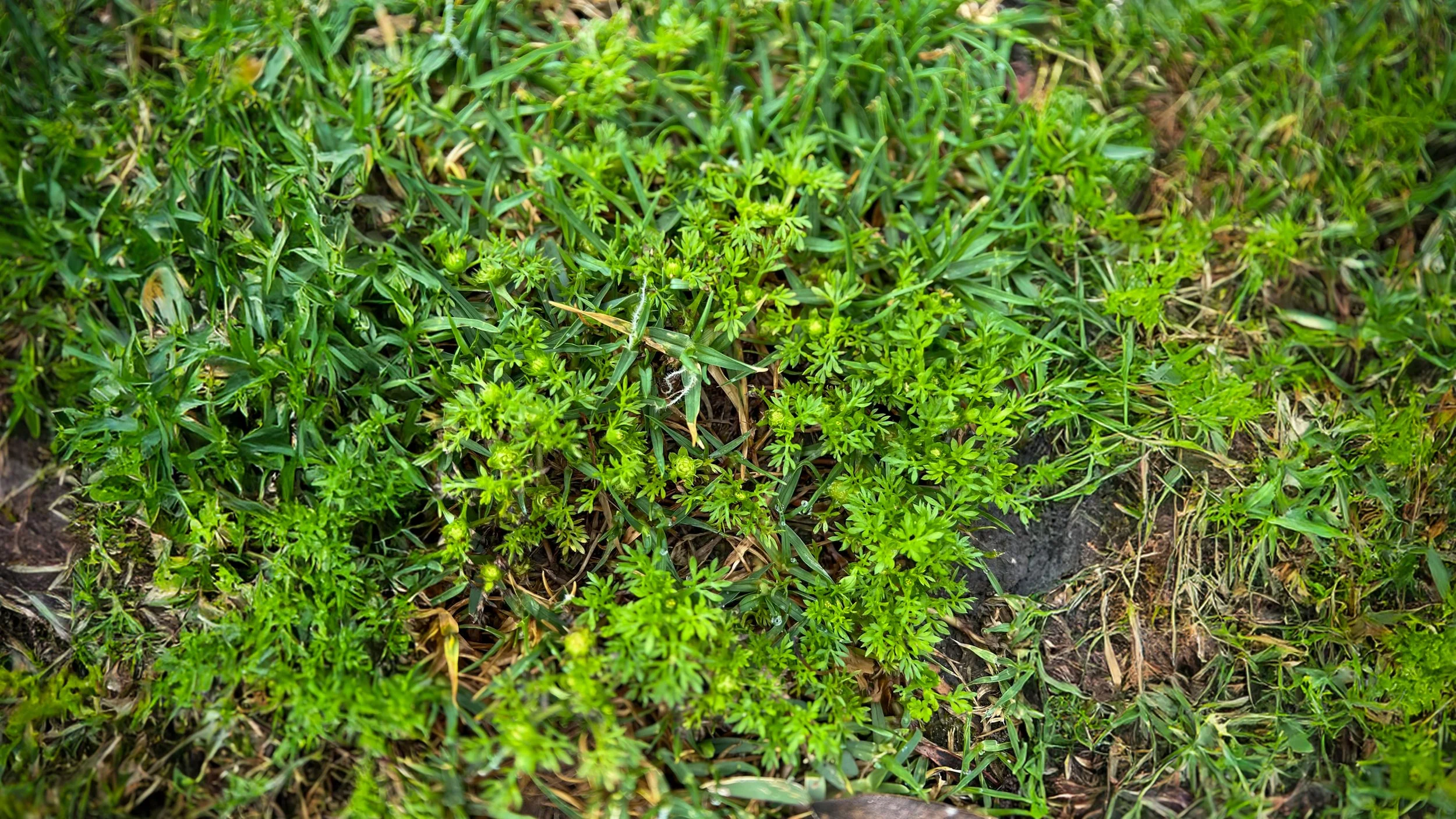Pet Urine Spots on Canberra Lawns: Causes, Fast Fixes, and Prevention
G’day, Nikolai here from The Lawn Firm. If yellow or brown patches keep popping up where your dog pees, I can help. I deal with pet-urine burn across Canberra every week. Here’s a clear plan that works in our climate and under ACT watering rules.
What causes urine burn (and what doesn’t)
Cause: Excess nitrogen compounds and salts in urine burn grass when they concentrate in one spot.
Not the main cause: Urine pH. The burn is mostly about nitrogen load, not acidity.
Why it looks worse in one patch: Dogs often pee in the same spot. Female dogs tend to void more in one go, so the burn can be stronger.
Quick checks so you know it’s urine burn
A dead centre with a darker green ring on the edge (fertiliser effect from diluted urine).
Grass doesn’t lift easily like grub-damaged turf; roots usually stay attached.
You’ve seen the dog use that area recently.
Immediate actions that save the patch
Dilute fast. Hose the spot as soon as you see the wee. The goal is to spread and flush the nitrogen. (Check Canberra watering rules below.)
Keep your dog hydrated. Fresh bowls, multiple stations, and cool water encourage more drinking, which dilutes urine.
Canberra watering rules (so you stay compliant)
Spring–Autumn (1 Sep–31 May): Use sprinklers/irrigation before 9am or after 6pm; hand-held hoses with a trigger nozzle can be used any time.
Winter (1 Jun–31 Aug): Sprinklers/irrigation can be used any time.
These are Icon Water’s Permanent Water Conservation Measures. Avoid pooling or runoff.
Tip: If you need to flush a fresh spot during a restricted time window, use a bucket or trigger-nozzle hose, which is allowed.
How we repair existing urine spots (step-by-step)
Rinse and flush the area to move salts below the root zone.
Rake out dead grass so new growth has space.
Loosen the top 1–2 cm of soil so roots can breathe.
Top dress 5–8 mm with a fine sandy loam to even the scar.
Overseed thin areas or plug with matching turf for faster cover.
Water to establish, then switch to deeper, less frequent soaks.
Light fertilising on schedule to rebuild density (no brand names).
Prevention that actually works (our Canberra plan)
Create a toilet zone. Use leash-and-reward to guide your dog to one area that is out of main view; it keeps damage contained.
Hydration and shade. Extra water points, cool bowls, and afternoon shade help lower urine concentration.
Keep turf dense. Seasonal fertilising, overseeding, and top dressing close gaps so spots recover quicker.
Choose tougher varieties when renovating. Self-repairing types and resilient cool-season blends handle traffic and recover faster.
Common myths we clear up
“It’s the acidity.” No - nitrogen concentration is the main issue.
“Only female dogs cause burns.” Any dog can cause burns; pattern and volume make the difference, though females often void more at once.
“You can fix old spots with a bowl additive.” Additives like dog rocks may help prevent future spots, but won’t repair dead turf - you still need patch repair.
FAQs
How fast can a spot recover?
With flushing, a light top dress, and overseeding, you can see new cover in 2–4 weeks, depending on season and traffic.Do I need to re-turf?
Only if the area is large or the soil is hydrophobic/compacted. If so, I pair core aeration, wetting agents, and top dressing before seeding.Is it okay to water spots during the day?
Yes, with a bucket or trigger-nozzle hose (allowed any time). Save sprinkler runs for the before-9am/after-6pm windows.
DIY or call The Lawn Firm?
You can flush fresh spots and patch small areas yourself. When patches keep returning, I assess the site, set a toilet-zone plan, and run repair + prevention in one go: top dressing, overseeding, seasonal fertilising, and a compliant watering schedule for Canberra. That means fewer bare scars and a lawn that holds its colour.
Make pet urine spots a non-issue. Let The Lawn Firm represent your lawn.
Optional helper: Dog Rocks
Many homeowners use Dog Rocks as part of a broader prevention plan. Retailers and lawn authorities note they’re designed to filter impurities (e.g., nitrates) from the dog’s drinking water to help reduce urine burn, but they won’t fix existing spots; you still need patch repair. Results vary and depend on consistent use and water source.










